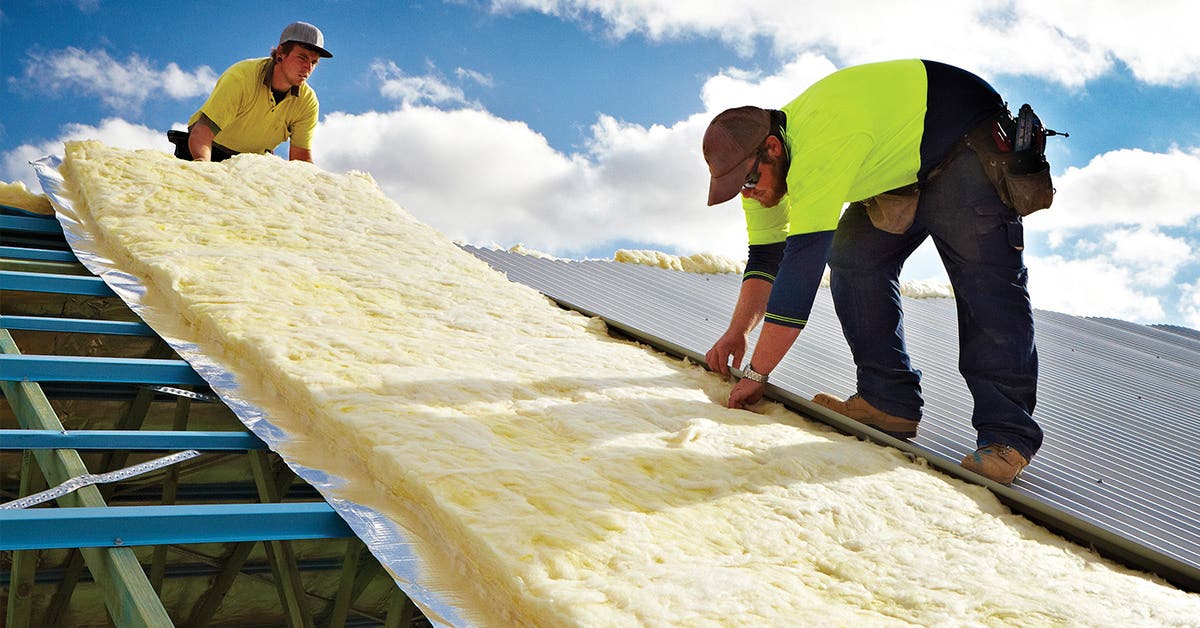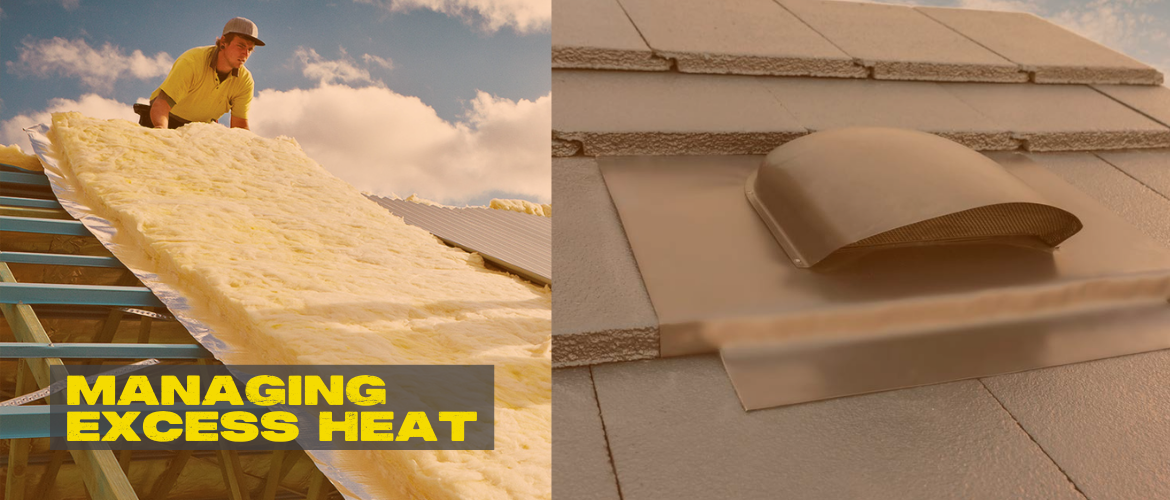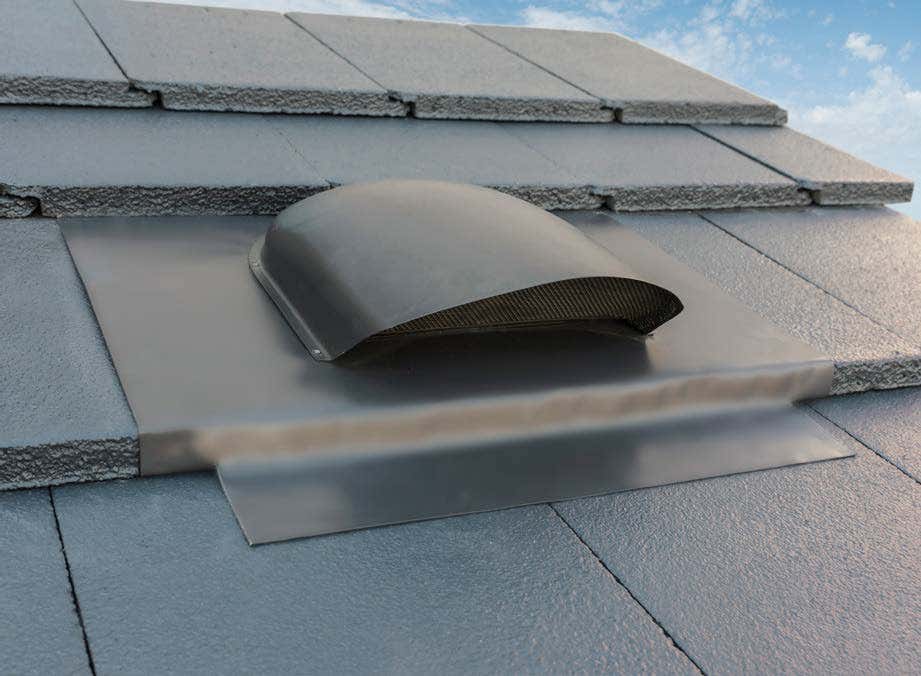At NHS, we understand the importance of keeping a comfortable home for your client, especially during the hottest months. Managing excess heat effectively not only improves comfort but can also reduce energy consumption and make your cooling systems more efficient.
One of the simplest and most energy-efficient ways to manage indoor temperatures is through proper ventilation. This works best when a combination of well-placed vents ensures consistent air circulation, preventing heat from building up in homes.
How Ventilation Helps Cool Your Home
| Air movement is key to removing excess heat. By encouraging airflow, hot air is carried out of your home and replaced with cooler outside air. This can complement other cooling methods, like air conditioning, by reducing the heat load on these systems. Proper roof ventilation also plays a significant role in temperature regulation. By venting hot air trapped in your roof space—where temperatures can reach up to 70°C on a hot day—you create a buffer between your home and the hot outside air. This allows insulation and air conditioning to work more effectively, reducing the strain on cooling systems and potentially lowering energy costs. At NHS, we offer a range of ventilation solutions to help you find the right setup for your client’s home. |
|
Supporting Your Ventilation with Insulation
Insulation, such as ceiling batts, is your home's first line of defence against temperature extremes, reducing the transfer of heat between your roof space and living areas. However, insulation performs at its best when paired with effective ventilation. On scorching days, heat can build up in your roof space, potentially reducing insulation’s efficiency. Ventilation complements insulation by actively removing trapped hot air, allowing the insulation to do its job more effectively and keeping your home cooler for longer.
By optimizing airflow with a combination of roof ventilators, under-eave vents, and ceiling grilles, you not only prevent heat buildup but also maximize the performance of your insulation. Together, insulation and ventilation create a more comfortable and energy-efficient home.
Visit the NHS online store to find insulation solutions for your client’s needs.

6 Tips to Beat the Heat
Here are some practical ways to reduce heat build-up and maintain comfort:
- Install ventilators: Add ventilation to roof spaces, attics, living areas, and sub-floor areas.
- Choose light-coloured roofs: Reflect heat rather than absorb it.
- Install ceiling insulation: Products like ceiling insulation batts and insulation blanket help slow heat transfer.
- Limit sunlight: Close shutters, curtains, or blinds during the hottest parts of the day.
- Install screen doors and windows: Promote airflow while keeping insects out.
- Paint external walls light colours: Reflect heat or hose down bricks and tiles in the evening.
Whether you’re looking to enhance ventilation or upgrade insulation, NHS has you covered with a wide range of products. Stop by or contact us to discuss how we can help you create a more comfortable and energy-efficient home.




